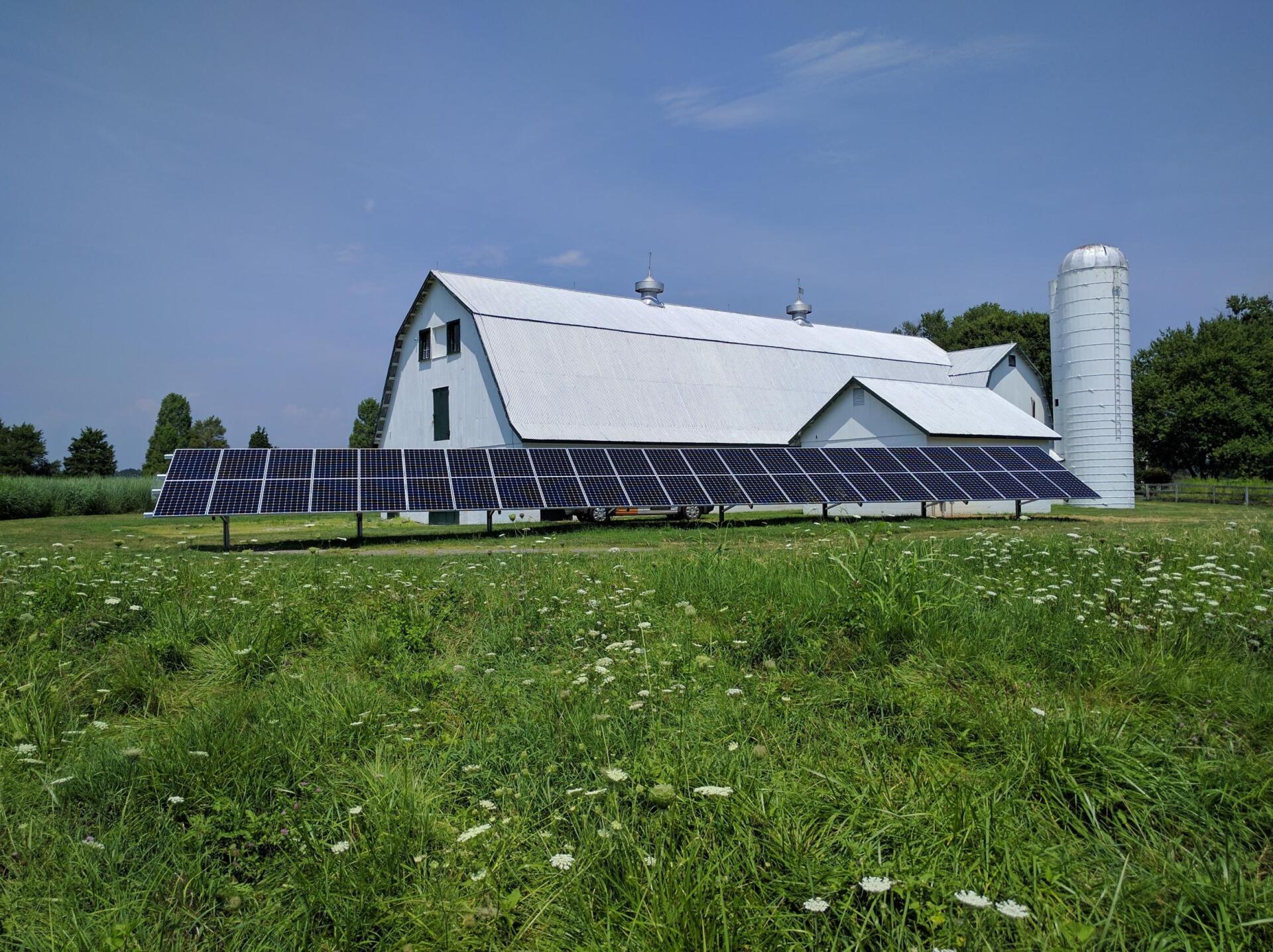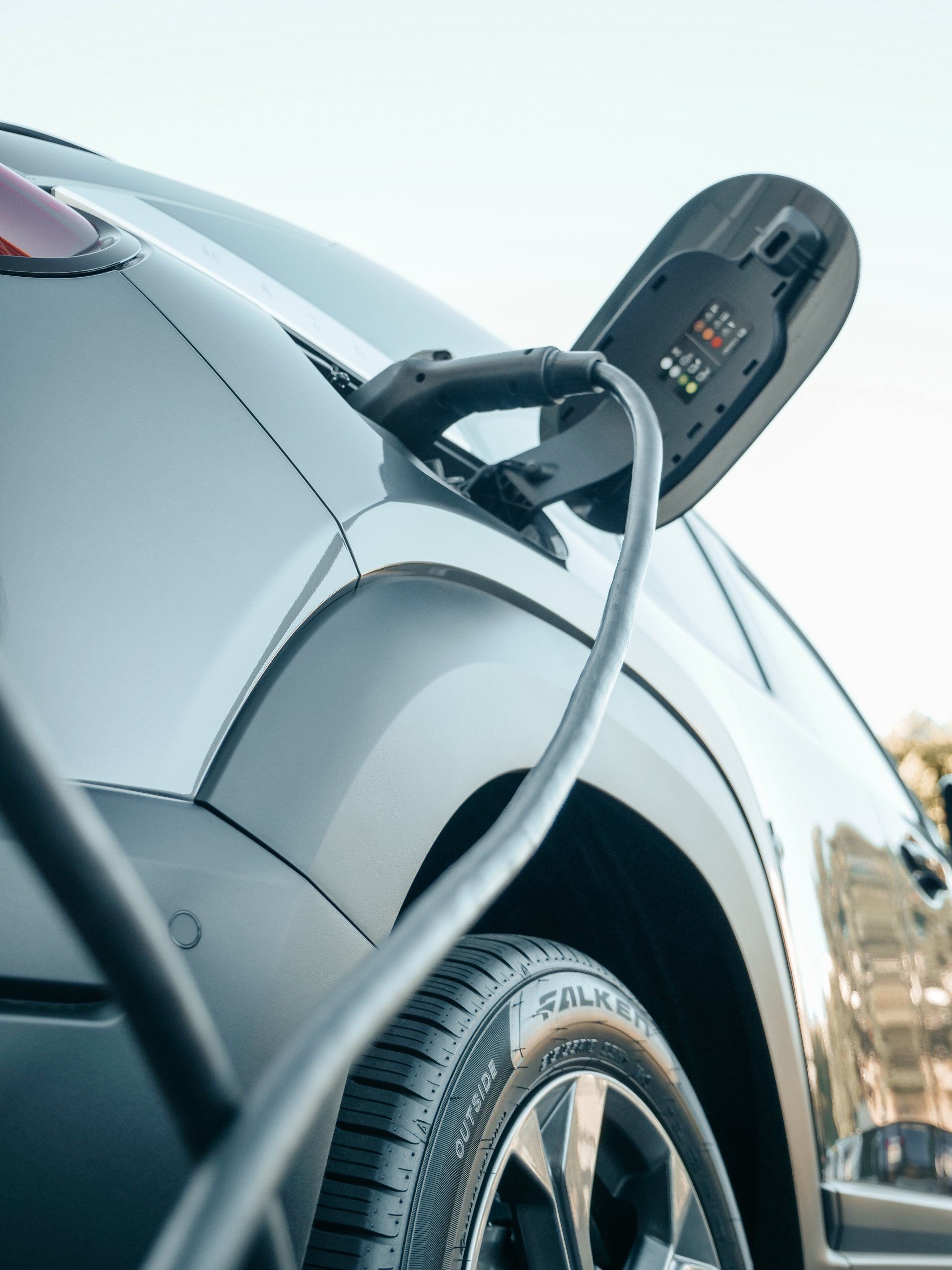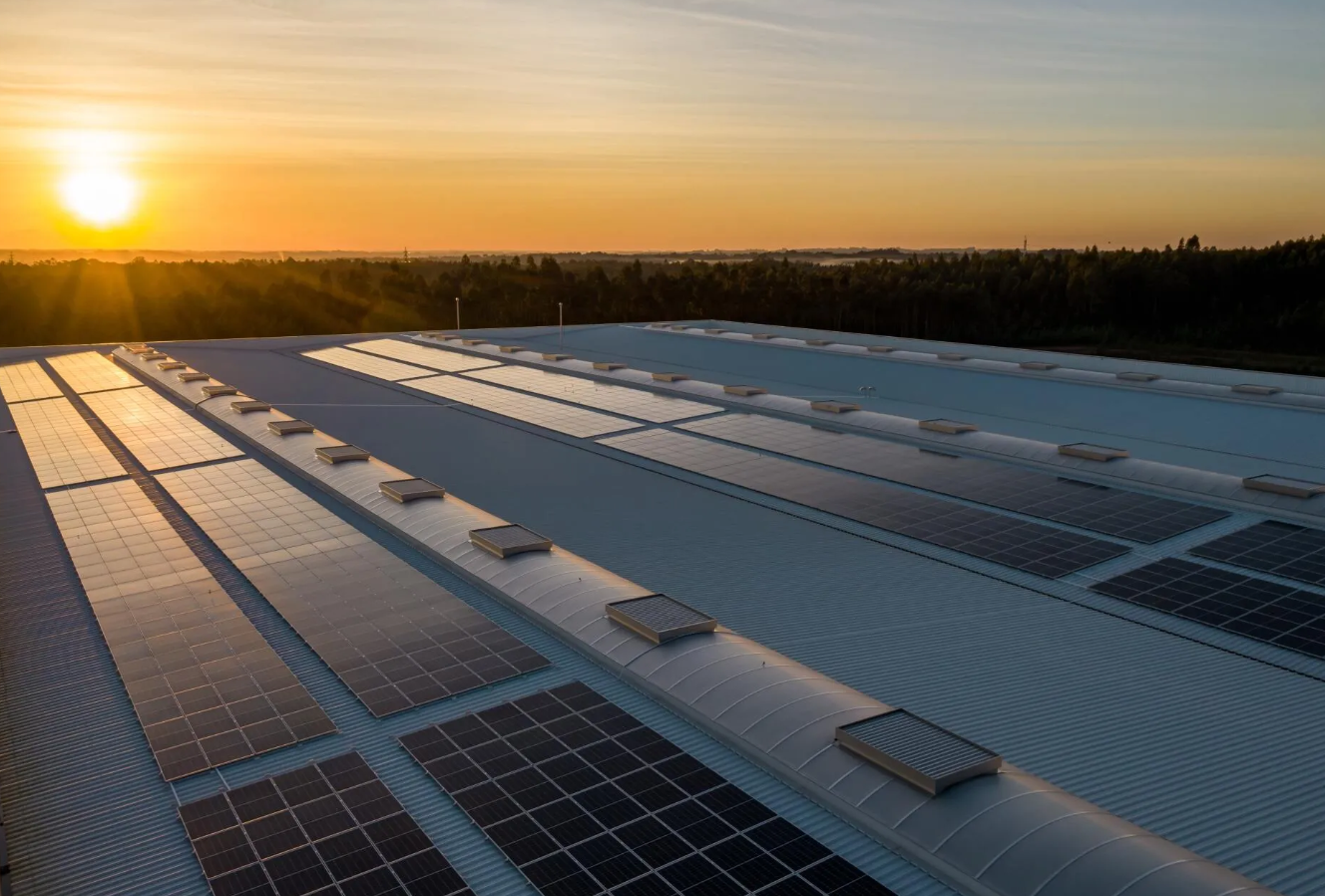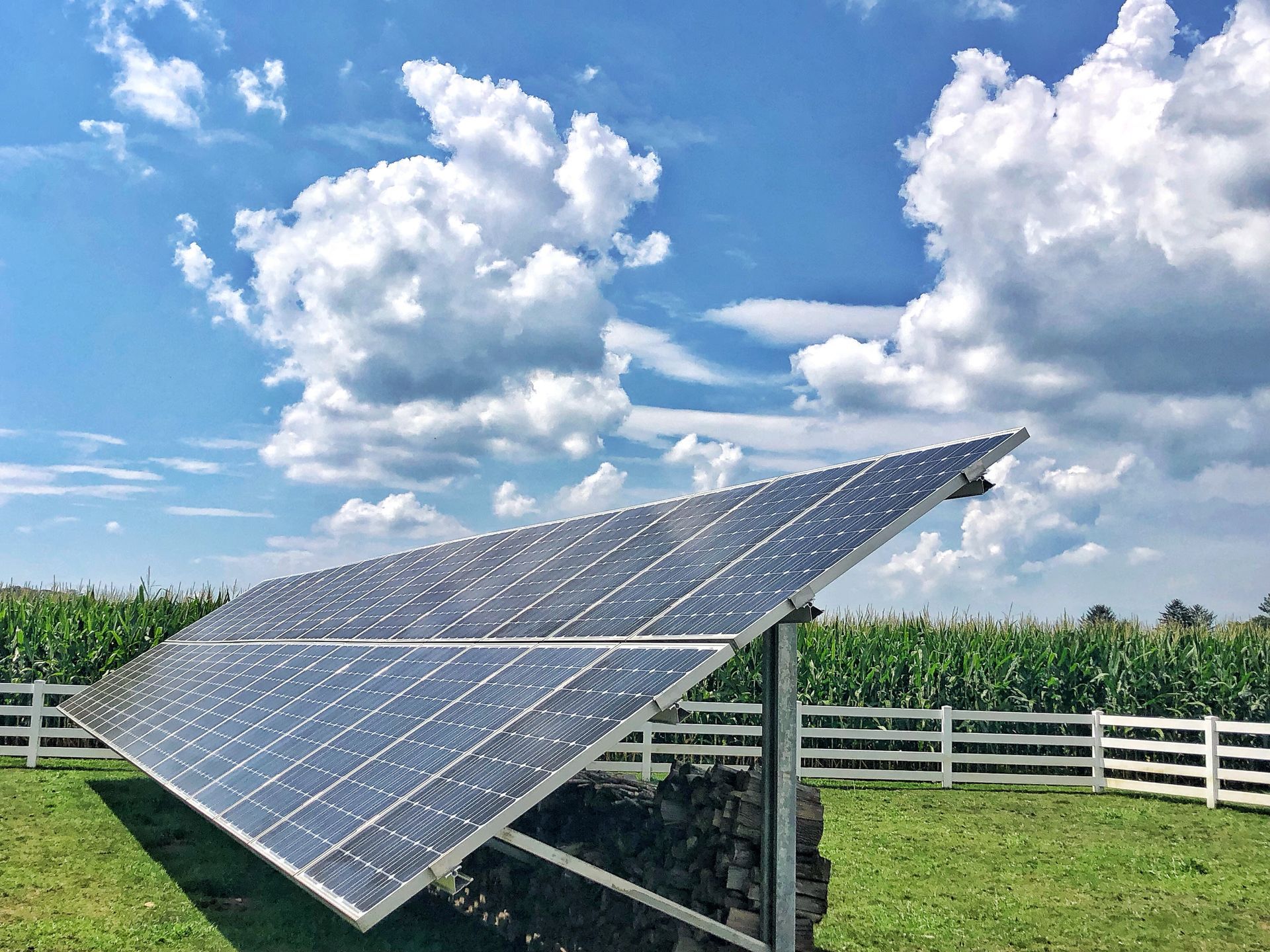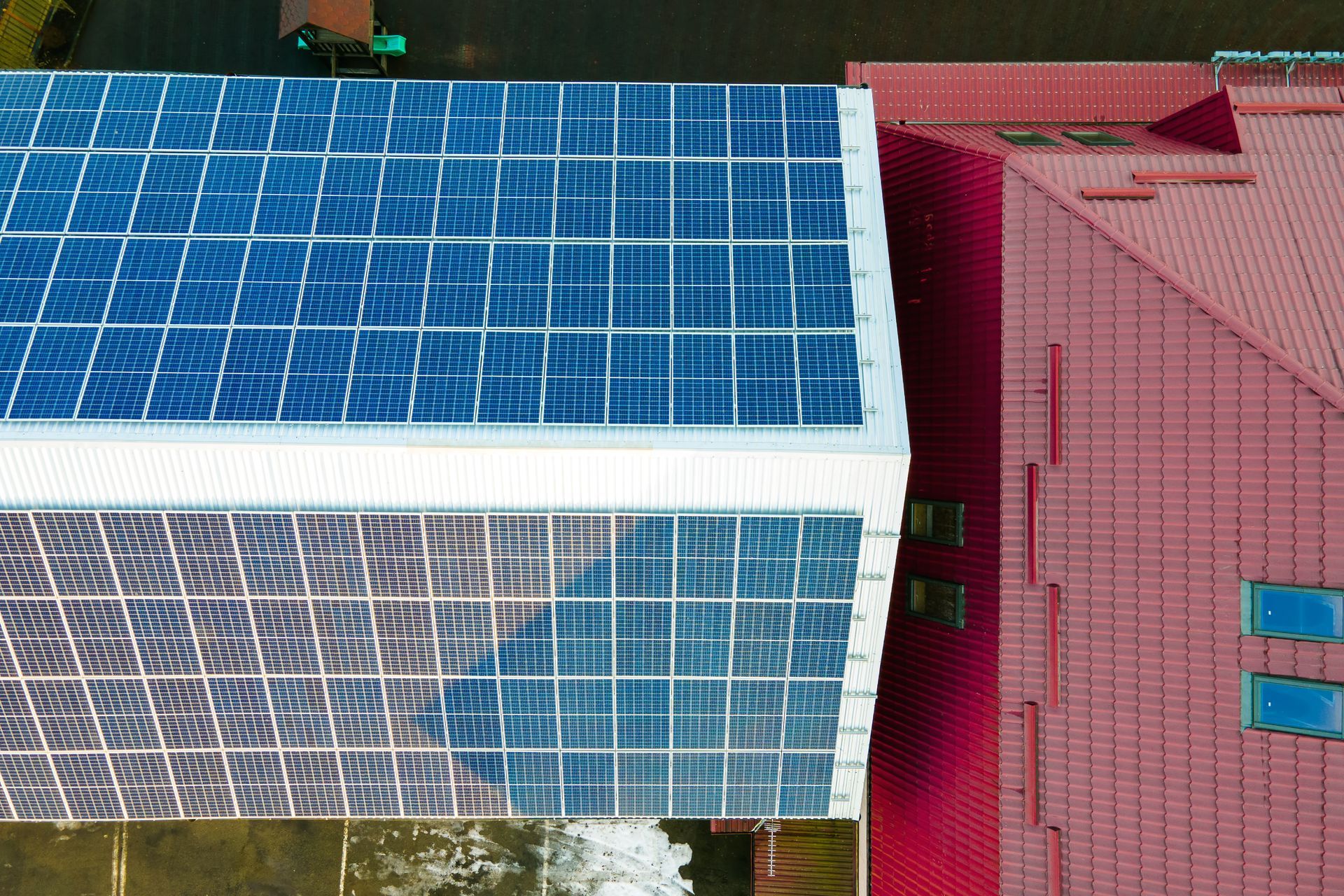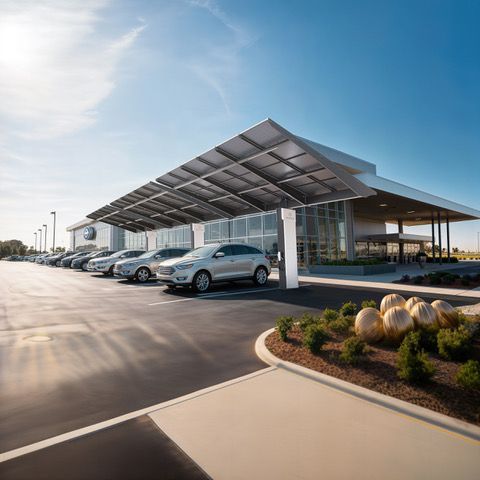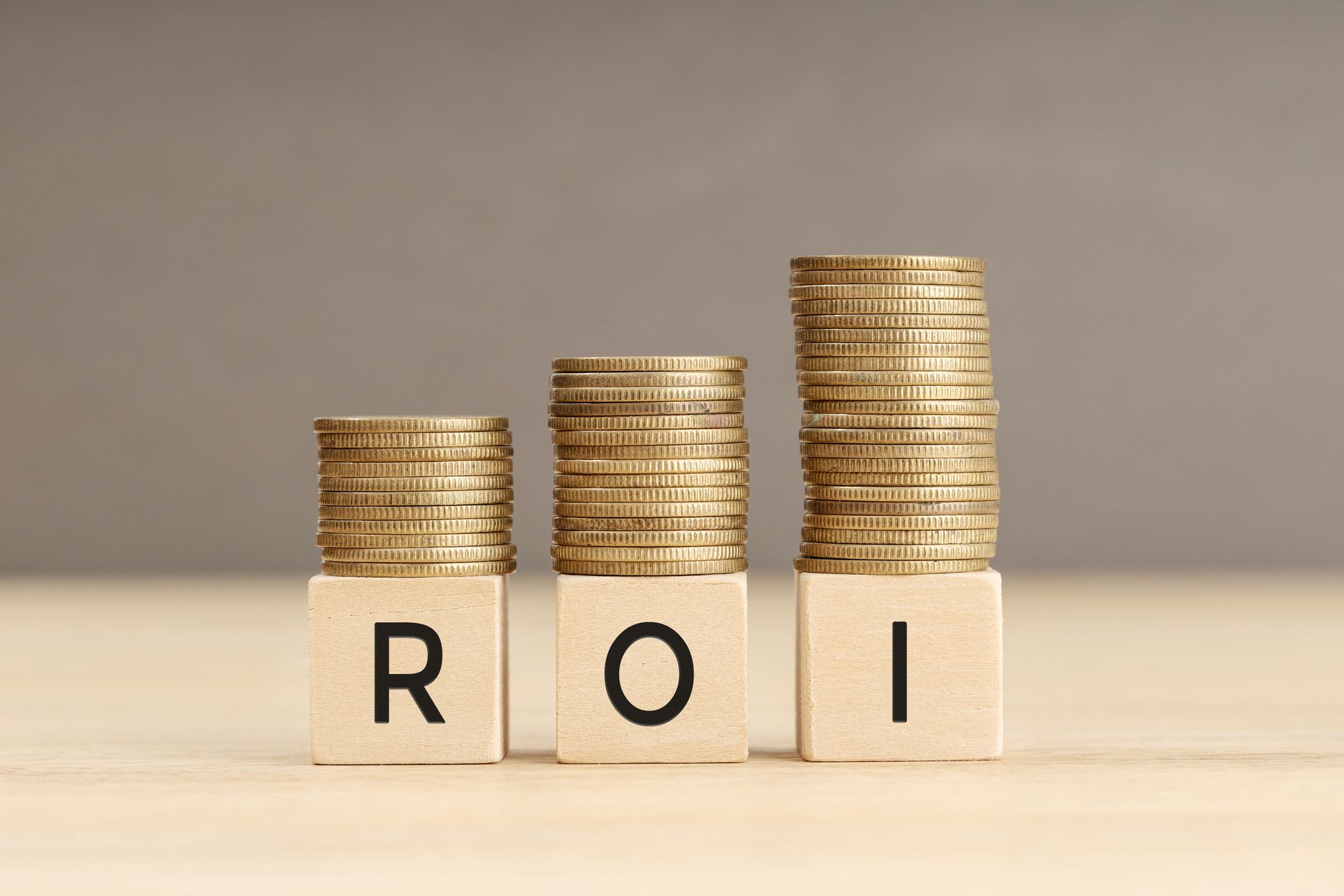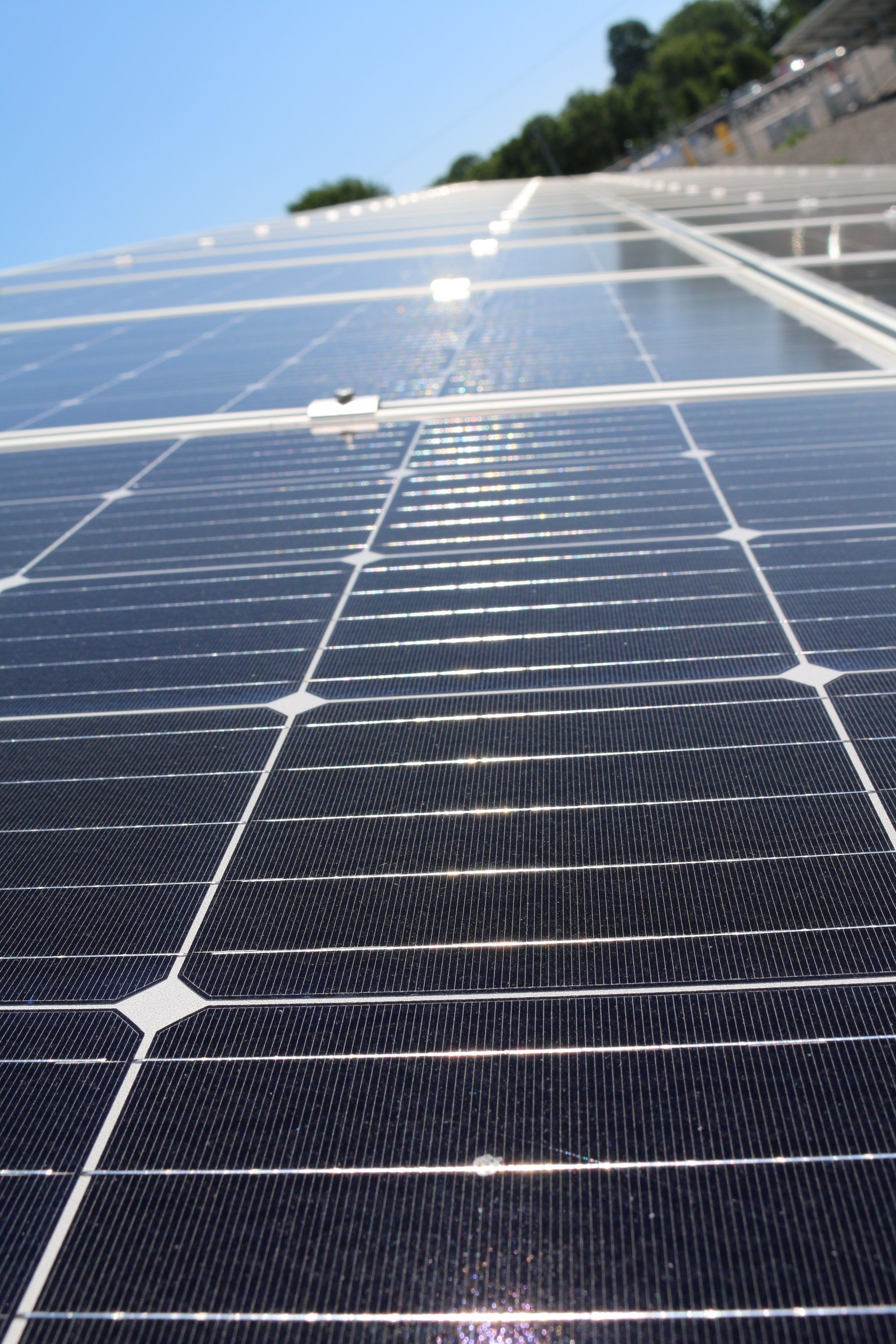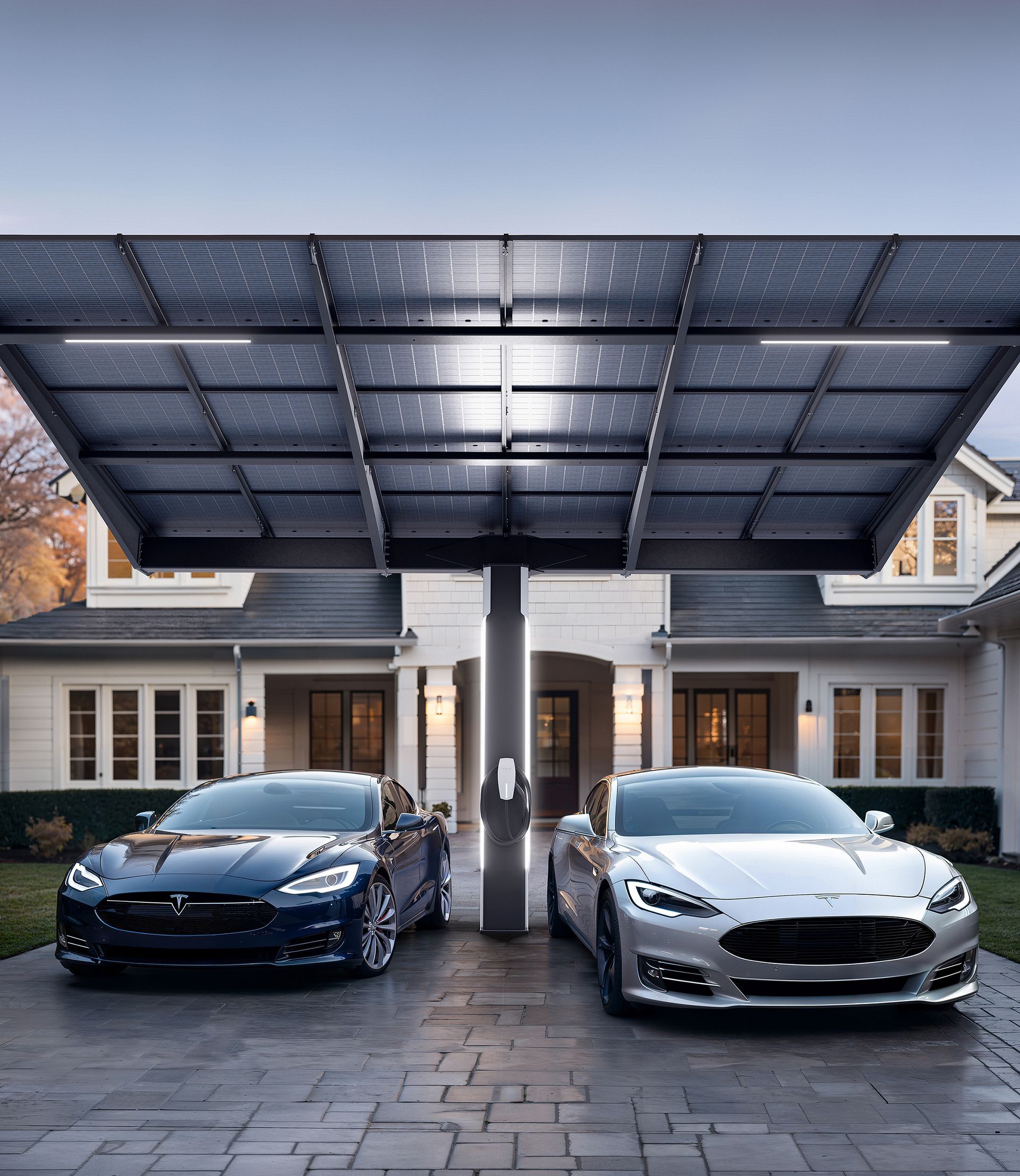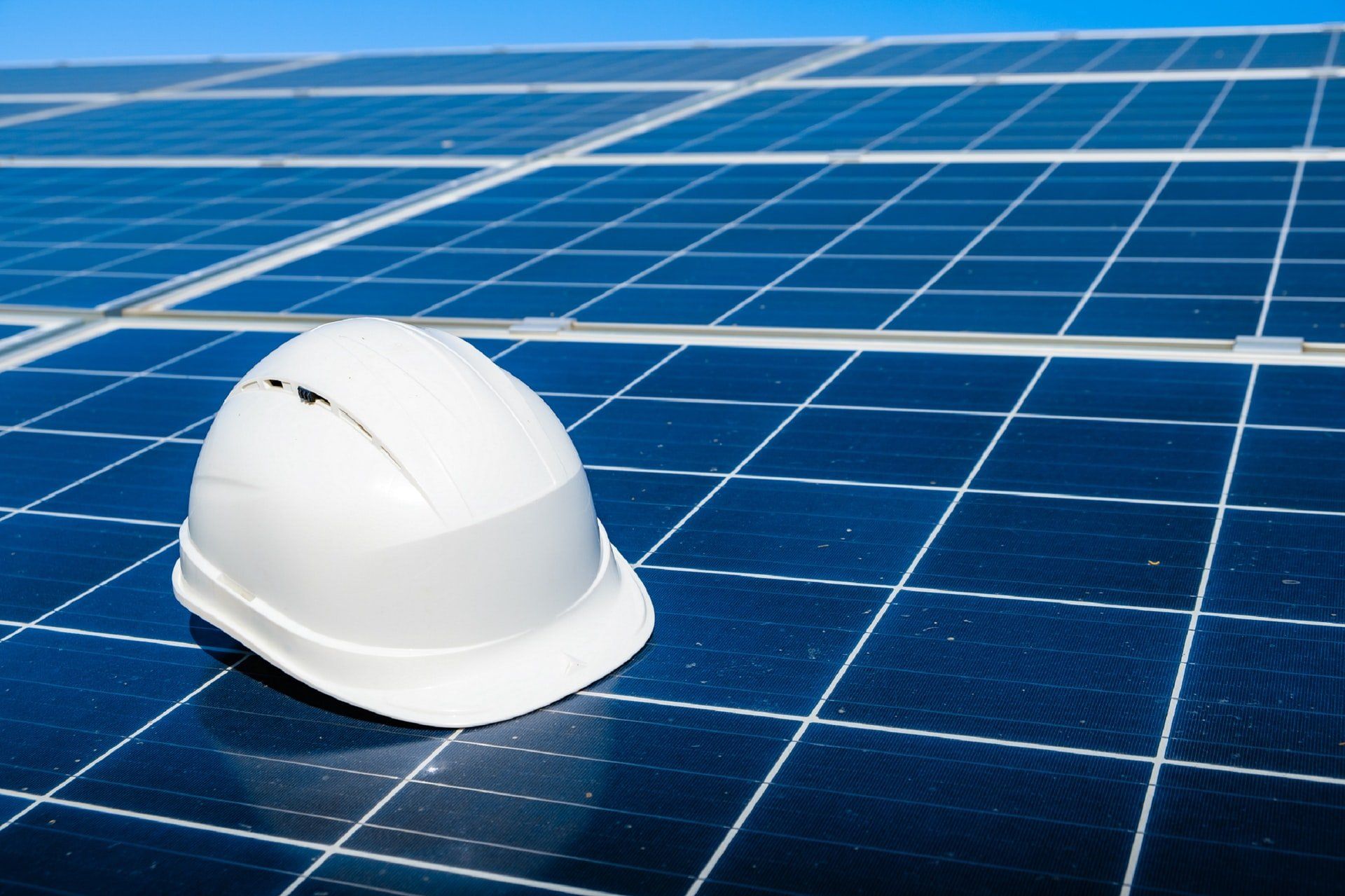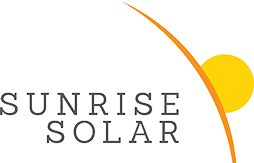Financing favors Ownership
Part 2
Innovative financing options make the current solar landscape appealing - in particular, the inclusion of third-party power purchase agreements (PPAs) and leasing that have brought solar to the masses. These options are further enhanced by the significant reduction in price of solar systems and, in certain states, the offering of on-bill financing and property-assessed clean energy programs, giving homeowners a better value for their money.
"If the cost of rooftop panels is cheaper than what the retail rate of electricity is, there's a savings on [the homeowner's] bill every month, and it's those savings that allow him to fully recover the investment," says Robert Borlick, an independent energy consultant. He notes that while solar leasing companies do provide value to customers, the long-term savings are not as significant as those found with ownership.
Additionally, the cost of photovoltaic solar panels has plummeted by more than 97% since the Carter administration, fueling the drive to become an innovative and entrepreneurial industry within the economy. With such a drastic decline in pricing for solar PV, the picture becomes even clearer for the case toward ownership.
Homeowners who choose a solar lease or a PPA lose many of the benefits that purchasing the system provides, including the federal 30% investment tax credit, renewable energy credits and any local incentives. These incentives are forfeited in exchange for a low upfront or zero-down option. Even more, there are several examples calculating the total cost of a 20-year lease versus purchasing the system.
Comparing the cost of electricity with a leased system to one that is owned, it is clear that such an arrangement costs twice as much where electricity is concerned. Further compounding the cost is the annual escalator built into solar leases.
For example, the average utility rate in California is $0.20/kWh and will only increase in the future. Add an annual escalator - which acts like a compounding interest rate - of 2.99%. What does this look like in the long run? A solar lease that starts at $0.18/kWh with a 2.99% escalator will eventually reach $0.31/kWh at the end of the 20-year term.
However, with solar ownership, the $0.07/kWh to $0.08/kWh is fixed. The proof in the numbers concludes that owning solar provides homeowners with the cheapest electricity that is locked in, with all tax credits and rebates remaining with the homeowner whether the system is purchased or financed.
Cost savings aside, there are many more considerations that make the decision to convert to solar electricity simple. This includes the ease of buying and reselling the systems and an overall return on investment (ROI) that could prove to be better than traditional investment vehicles such as stocks, bonds and certificates of deposit (CDs).
Article: http://www.solarindustrymag.com/
